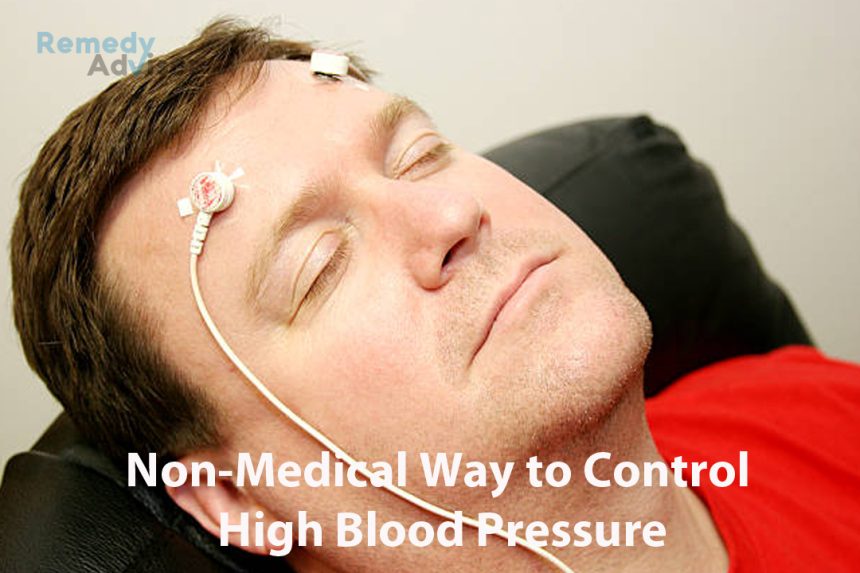Even though some small studies show that acupressure can help relieve stress and lower blood pressure, some Western doctors don’t believe in meridians or acupressure. They say that any benefits of acupressure are probably caused by endorphins, the body’s natural painkillers, or by better circulation and less muscle tension. Still, acupressure can help with these things and may help lower high blood pressure.
Even though there isn’t a lot of scientific evidence to support acupressure as a way to treat high blood pressure, the studies that have been done so far point to a positive effect. Also, studies on acupuncture have shown more convincing results for treating high blood pressure. For example, a study that was published in Acupuncture Today found that acupuncture could be a different way to treat hypertension. During treatment, systolic and diastolic blood pressures were successfully lowered without major side effects.
In the end, acupressure can be a good way to help control high blood pressure, and it can be done easily at home without any special tools. If your doctor says you can do it, why not give it a shot?
Biofeedback
Biofeedback is a method that lets you control your blood pressure and heart rate without leaving your house. By paying attention to the signals (feedback) that the biofeedback device sends about how your body is responding, you can learn how to make changes that will help you feel less pain, lower your blood pressure, and feel less stressed.
One benefit of using biofeedback to control high blood pressure is that you don’t have to take any medicine. You will use a biofeedback machine to learn how to control your blood pressure as you learn the technique (explained further under “Trying Biofeedback”). Biofeedback can also help people whose blood pressure can’t be controlled with medicine or who don’t want to. It may also help people whose high blood pressure hasn’t responded to medicine or who have high blood pressure during pregnancy and would rather not take medicine.
Even though biofeedback can be done at home, it is best to start by getting help from a professional who can show you how to use it well. There are portable biofeedback devices that can be used at home. Many of these can be bought online. Some of these things can connect to your computer. Before using these devices, you should talk to your doctor and try them out first to make sure they work and that you know how to use them correctly.
Trying Biofeedback
During a typical biofeedback session, small adhesive dots or strips are used to place electrical sensors on different parts of the body. These sensors do not hurt. Depending on the type of biofeedback being used, these sensors measure muscle tension, brain waves, or skin temperature and send that information to a biofeedback device.
Biofeedback techniques like electromyography (EMG), which measures muscle tension, can help people learn how to relax. Changes in heart rate biofeedback gives people information that helps them control their heart rate, which can lower their blood pressure and stress. Thermal biofeedback uses sensors that are attached to the fingers or feet to measure the temperature of the skin. When a person is stressed, their body temperature usually goes down. When this happens, the biofeedback machine lets the person know so they can start to calm down. Galvanic skin response devices measure how much your sweat glands are working, which is a sign of stress.
Biofeedback machines give feedback in the form of beeps or flashing lights on a small screen. This helps people understand how their bodies react to changes in blood pressure or stress. By being aware of these responses, people can change how they feel, what they do, or what they think to lessen the effect on their blood pressure. For example, when biofeedback shows a response, people often use visualization and deep breathing to lower their blood pressure.
A biofeedback session with a professional at a physical therapy clinic, hospital, or medical center usually lasts between 30 and 60 minutes. People can learn enough about biofeedback during this time to be able to do it at home without the machine. But you could also use a biofeedback device at home. People can also continue to see a professional biofeedback practitioner for sessions that will help lower their blood pressure.
Biofeedback Studies
Can biofeedback lower blood pressure effectively? Several studies show that biofeedback can help people with high blood pressure. For example, an Italian study found that people with prehypertension or high blood pressure who used biofeedback saw their systolic and diastolic blood pressures drop significantly after just four sessions, while people in a control group didn’t see any change in their blood pressure. After getting feedback from the biofeedback machine, the people in these cases used guided imagery to help them lower their blood pressure.
In a meta-analysis, researchers looked at the results of 22 controlled studies with 905 people with essential hypertension. This gives us more evidence. Comparing self-monitoring of blood pressure or visits to a doctor’s office with biofeedback showed that the latter led to average improvements of 7.3 mmHg in systolic blood pressure and 5.8 mmHg in diastolic blood pressure.
Finding an Expert in Biofeedback
You could ask your doctor or nurse for a recommendation of a biofeedback expert. Biofeedback can also be taught to nurses, physical therapists, and other health care workers. Be sure to check with your state’s health department to find out how biofeedback practitioners are certified in your state.
When looking for a biofeedback practitioner, ask if they have worked with people who have high blood pressure before, if they are certified or registered, how long their training was, how many sessions they recommend, how much their services cost, and if they have any references.







